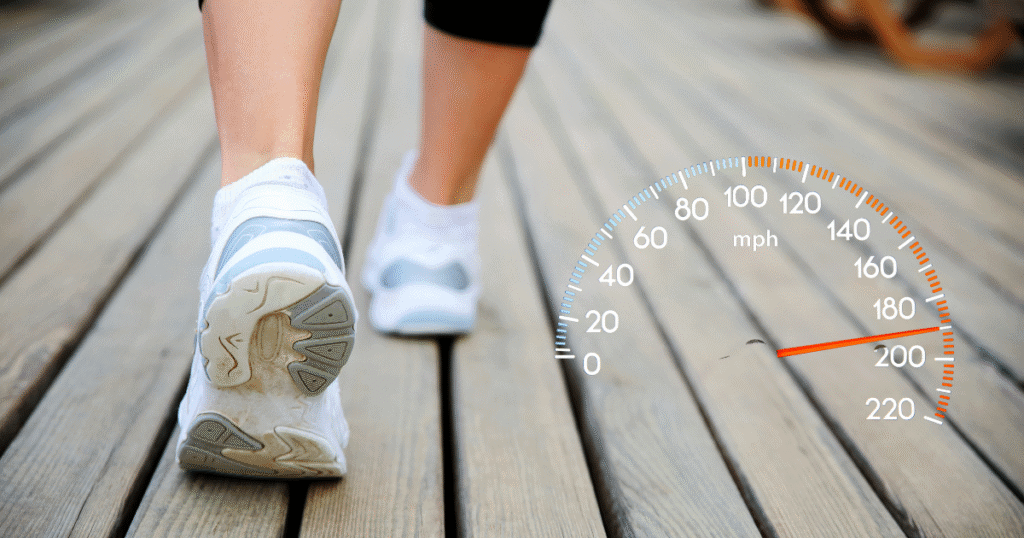
Did you know that spontaneous walking speed is one of the best indicators of functional prognosis and quality of life in your patients?
Walking is not just about moving forward. It’s the result of a complex coordination between balance, lower limb strength, and cardiovascular function. And depending on the patient, each factor takes on varying importance.
According to Bohannon & Williams Andrews (2011), walking speed is a major predictive factor of locomotor abilities. It also predicts the length of stay in post-stroke rehabilitation (Rabadi & Blau, 2005).
In other words: the higher this speed, the more likely the patient is to regain:
Recent studies show that using the Wheeleo® increases spontaneous walking speed in hemiparetic patients (Deltombe, 2020; Maillard, 2024).
A simple tool, easy to integrate into patient care, that promotes dynamic recovery of the patient.
By improving walking speed, Wheeleo® could positively impact functional prognosis and quality of life.
This is at least what many healthcare professionals observe in the field, and it’s why they use it every day with their patients.
In Summary:
Please fill in this short form so that we can contact you to arrange a test.